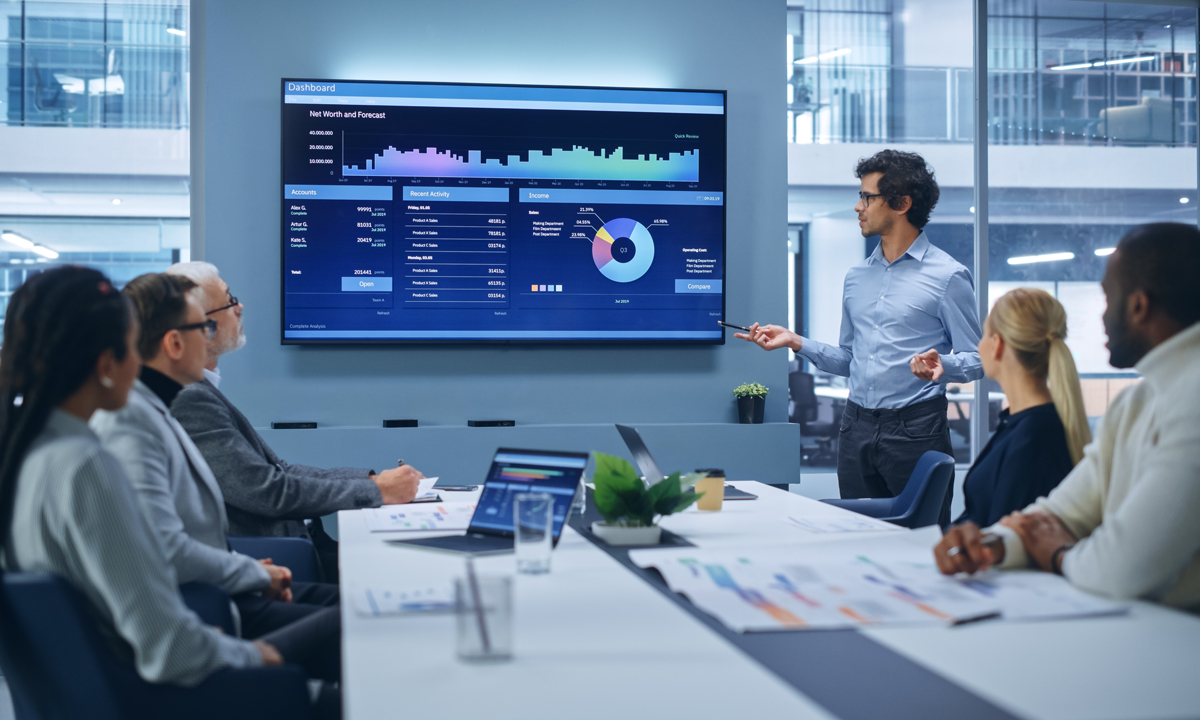It’s time for dealers to become the “Optimistic Opportunists” of New Mobility

I’m going to be frank with you: very, very few dealers truly understand the profound effects in the way that transportation will change over the next 20 to 30 years.
It will be truly dramatic, in the same way that computers and the Internet have revolutionized society, and just as the automobile did 120 years ago.
Last year, together with CuriosityCX, we conducted a series of dealer interviews on future mobility in retail across North America for an OEM client.
We found that approximately 75 per cent of dealership senior management surveyed had little or no idea of the impact that New Mobility technologies could have on the future of their business.
Call this the “Nothing will change, People will always need to buy cars” crowd, and they are quite comfortable in the belief that they’re right, if indeed they care at all.
A further 23 per cent understood that very significant change was on the horizon, and that it could significantly impact their business in the future.
However, they did not understand the detail of the technology impact, nor could they see a pathway forward, yet knew that they would need to pivot in a new direction to remain relevant — whatever that might be. You might label this the “Frozen fearful” crowd.
Just two per cent of those surveyed understood in detail how New Mobility would be very disruptive to their business and were actively trying new ideas to make themselves relevant for the future.
Not only this, most were actually optimistic about what the future held and could see that there would be opportunities to make a lot of money if their business model was the right one. Perhaps the classic “Optimistic Opportunists.”
Interestingly, it’s quite likely that this mirrored society’s view on the introduction of the car at the end of the 19th Century. There were many doubters to the car’s worth, strange laws introduced to cope with disruptive issues; and yet the technology marched forward. Soon, ultra low cost offerings from Ford were introduced and private ownership skyrocketed.
I see my role as one to educate dealers about the potential industry disruption that is coming with New Mobility and to guide them towards a successful and sustainable long term future.
Back then, the “Optimistic Opportunists” were blacksmiths, garage owners and retail stores that began to sell cars.
However, it was far from a pathway of rose petals on route to a pot of dealership gold. At that time, cars were unreliable, required a lot of maintenance, and brands were extremely fragmented and varied.
A bet on the wrong brand could be disastrous. Eventually brands consolidated, consumer financing became commonplace and dealerships grew to what we know today.
Sure, everyone is wise with 20:20 hindsight, however it is the learnings of the past that are most enlightening for the future, and dealers need to be very aware of what is happening today.
As the car was expensive and underdeveloped prior to the Model T, key technologies today such as LiDar sensors and large lithium ion batteries are very expensive, and autonomous software is still at an early stage.
Understand though that these technologies are maturing very quickly, and it won’t be long until the confluence of them all together will create a Model T like breakthrough, most likely the automated robo-taxi, which will be extremely cheap and convenient, and far lower than the cost of ownership for the most basic car today.
At the current pace of development and New Mobility evolution, it would not surprise me to see that by 2030, robo-taxis are as ubiquitous on our streets as Uber is today.
So, what about the Optimistic Opportunists we previously referenced?
It seems though the majority in transportation are not from automotive. We all reference the “tech bro’s” from Silicon Valley — Musk, Kalanik and Zimmer at Tesla, Uber and Lyft respectively, who have all greatly changed our mobility, but breakthroughs in more traditional automotive retail are happening quickly too.
Scott Painter’s fintech startup Fair let’s you take on a subscription for any almost used car, John Possumato’s Driveitaway does car sharing for ride hailing operators, and Cox Automotive has invested in a bunch of platforms for subscription (FlexDrive and Clutch) and car sharing (Ridecell).
Large U.S. dealer groups have already seen the opportunity and begun to move forward: see Penske’s investment in Ridecell and Holman’s stake in FlexDrive, both Car as a Service enablers.
You can bet Autonation, Sonic and Lithia all have their ears to the ground and are sniffing around for opportunities as well.
So why am I writing all this, and what’s the learnings for dealers reading this today?
I see my role as one to educate dealers about the potential industry disruption that is coming with New Mobility and to guide them towards a successful and sustainable long term future.
As we all know, disruption brings obsolescence to those who won’t or can’t change, and great opportunity to those who quickly grasp new ideas and run with it.
While most dealers are naturally entrepreneurial, I would like to see more transformed into “Optimistic Opportunists” — able to break through the disruption and reinvent themselves as New Mobility pioneers, run with the challenges, and build a long term roadmap of success.

















